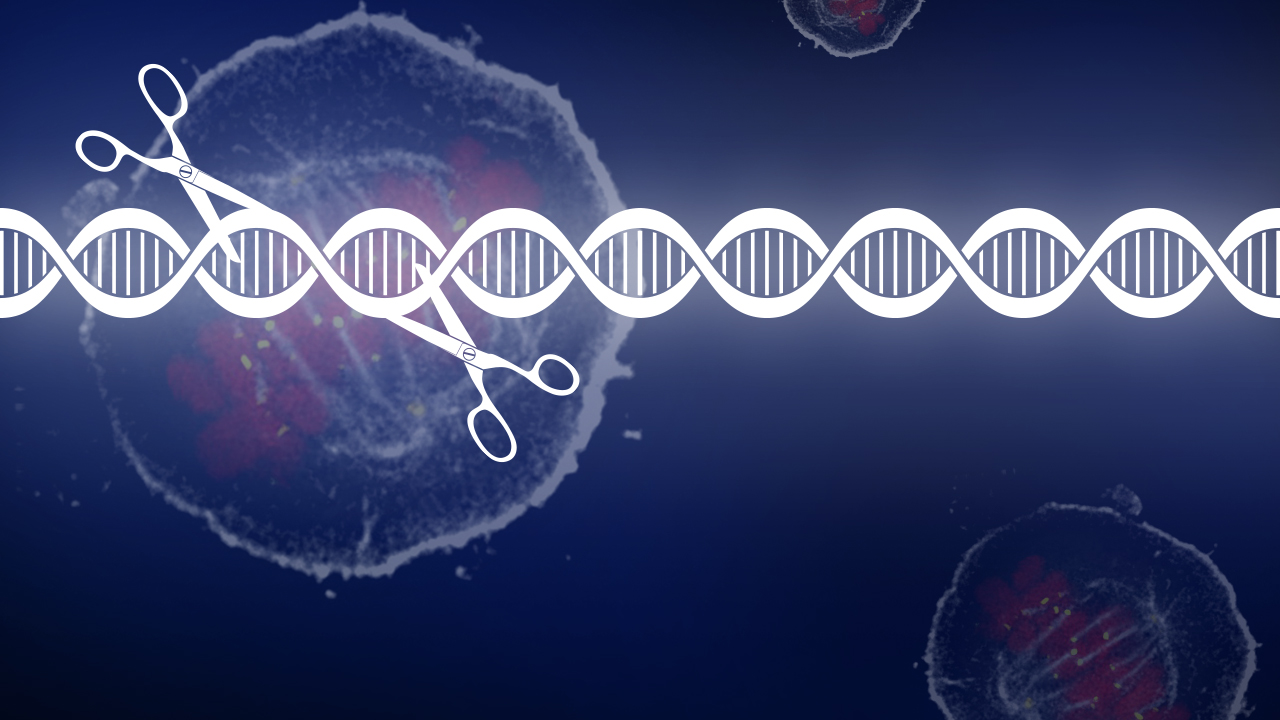Vertex, CRISPR’s Casgevy Highlights Complex Path to Gene Therapy Profitability
By Annalee Armstrong,
BioSpace
| 09. 11. 2024
Complex gene therapies are starting to hit the market but all have faced the same reality: a tepid reception from the healthcare system and a cloudy path to profitability.
It can take about a year for a patient to go through the preparations needed to receive a gene therapy treatment, Jen Klarer, managing partner at The Dedham Group, told BioSpace. “I expected there to be a slow time from approval to treating the first patient.”
CRISPR Therapeutics and Vertex Pharmaceuticals are a great example. The companies made history last year when they achieved the first approval of a CRISPR-Cas9 gene editing therapy for sickle cell disease in December 2023. But when the companies reported 2024 second quarter earnings a few months later, the sobering—albeit expected—reality set in: no patients had been treated.
The fuller picture of Casgevy’s path to profitability is even more complicated. During Vertex’s second quarter earnings call, the company explained that 20 patients are “in the funnel” to receive Casgevy. That means that the patients have signed up and gone through the cell collection process. This...
Related Articles
By Aisha Down, The Guardian | 11.10.2025
It has been an excellent year for neurotech, if you ignore the people funding it. In August, a tiny brain implant successfully decoded the inner speech of paralysis patients. In October, an eye implant restored sight to patients who had...
By Jessica Hamzelou, MIT Technology Review | 11.07.2025
This week, we heard that Tom Brady had his dog cloned. The former quarterback revealed that his Junie is actually a clone of Lua, a pit bull mix that died in 2023.
Brady’s announcement follows those of celebrities like Paris...
By Heidi Ledford, Nature | 10.31.2025
Late last year, dozens of researchers spanning thousands of miles banded together in a race to save one baby boy’s life. The result was a world first: a cutting-edge gene-editing therapy fashioned for a single person, and produced in...
By Lauran Neergaard, AP News | 11.03.2025
WASHINGTON (AP) — The first clinical trial is getting underway to see if transplanting pig kidneys into people might really save lives.
United Therapeutics, a producer of gene-edited pig kidneys, announced Monday that the study’s initial transplant was performed successfully...




